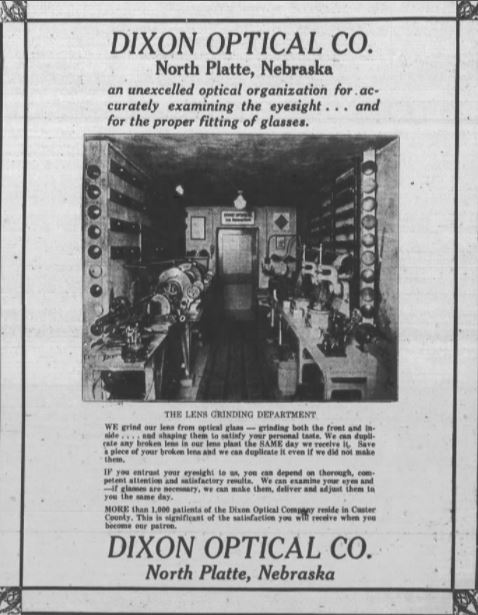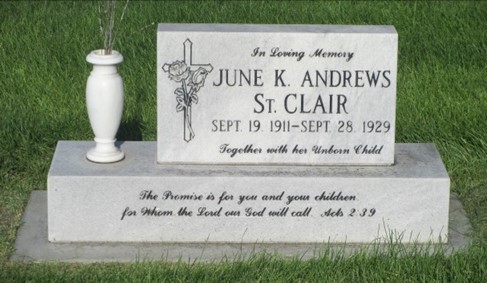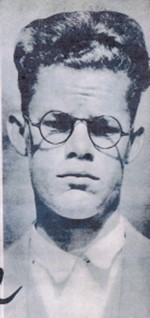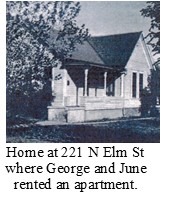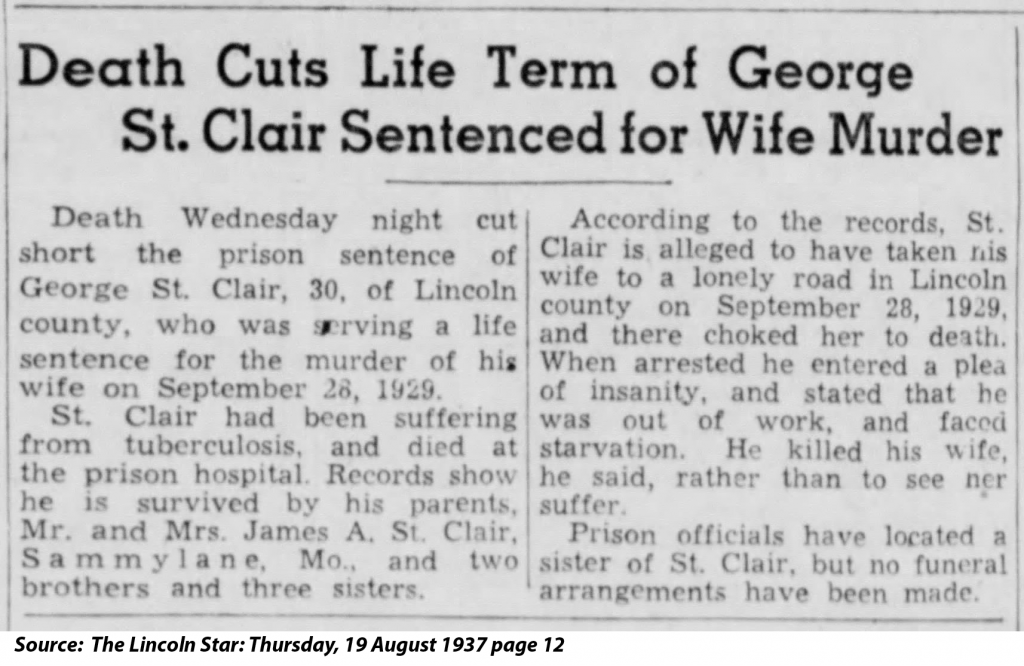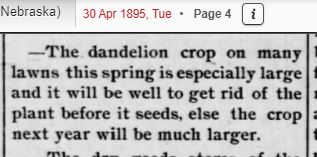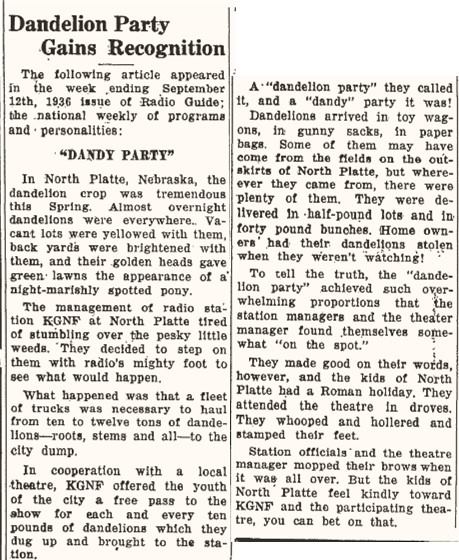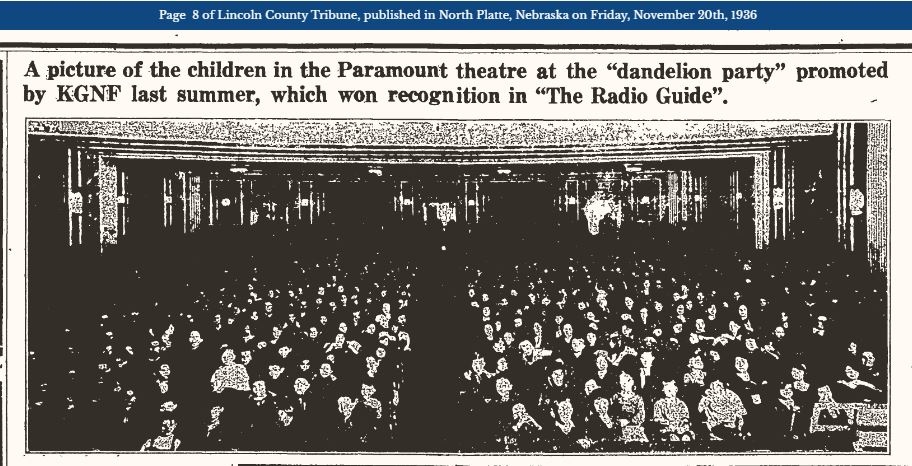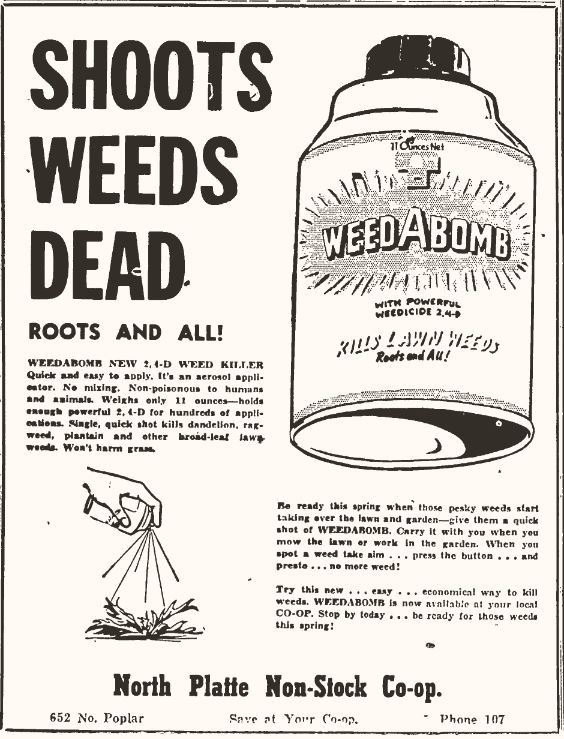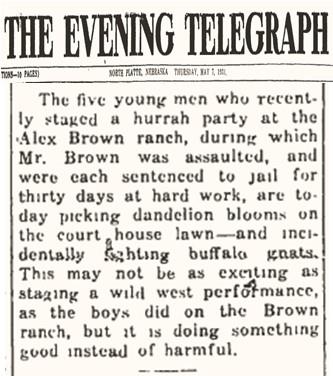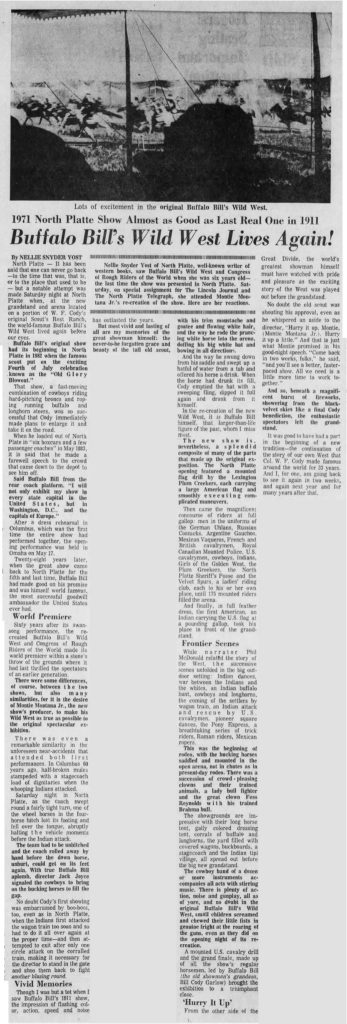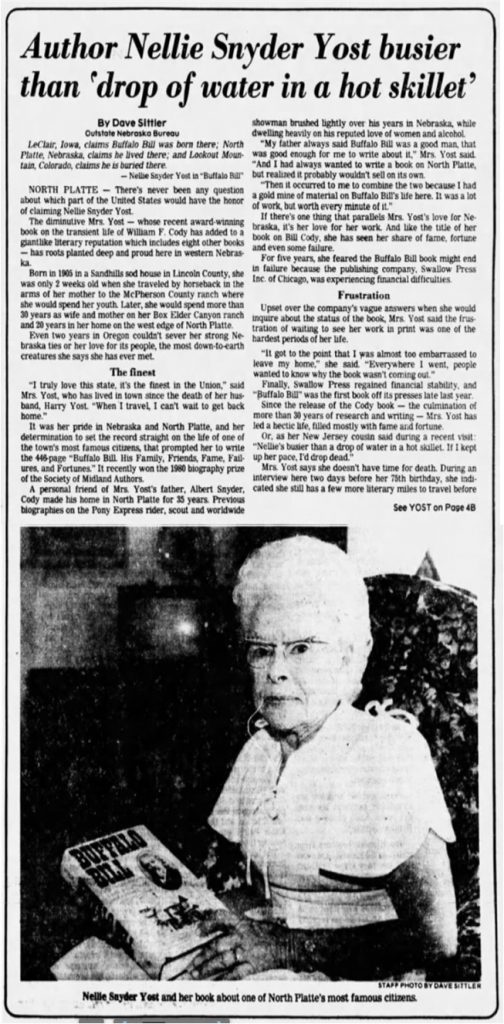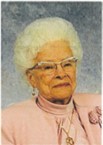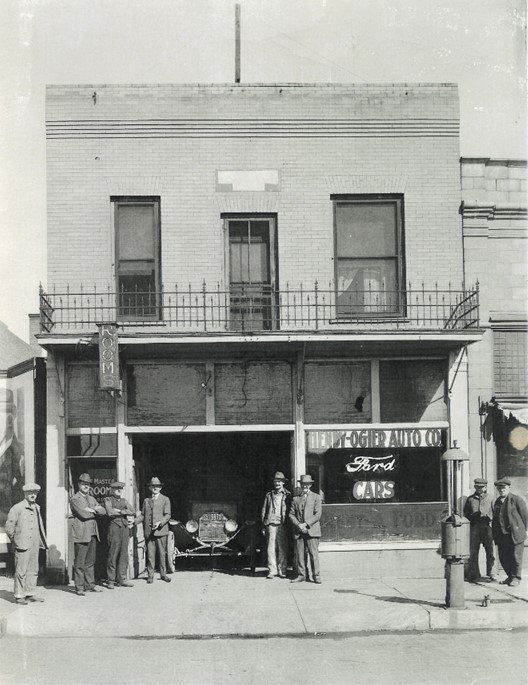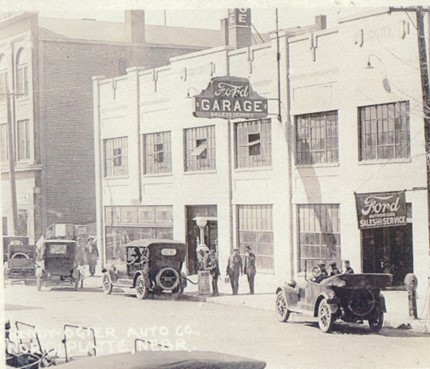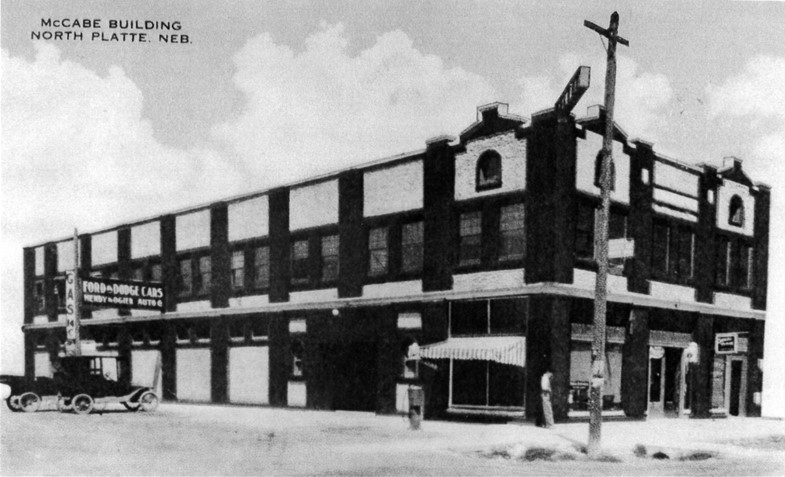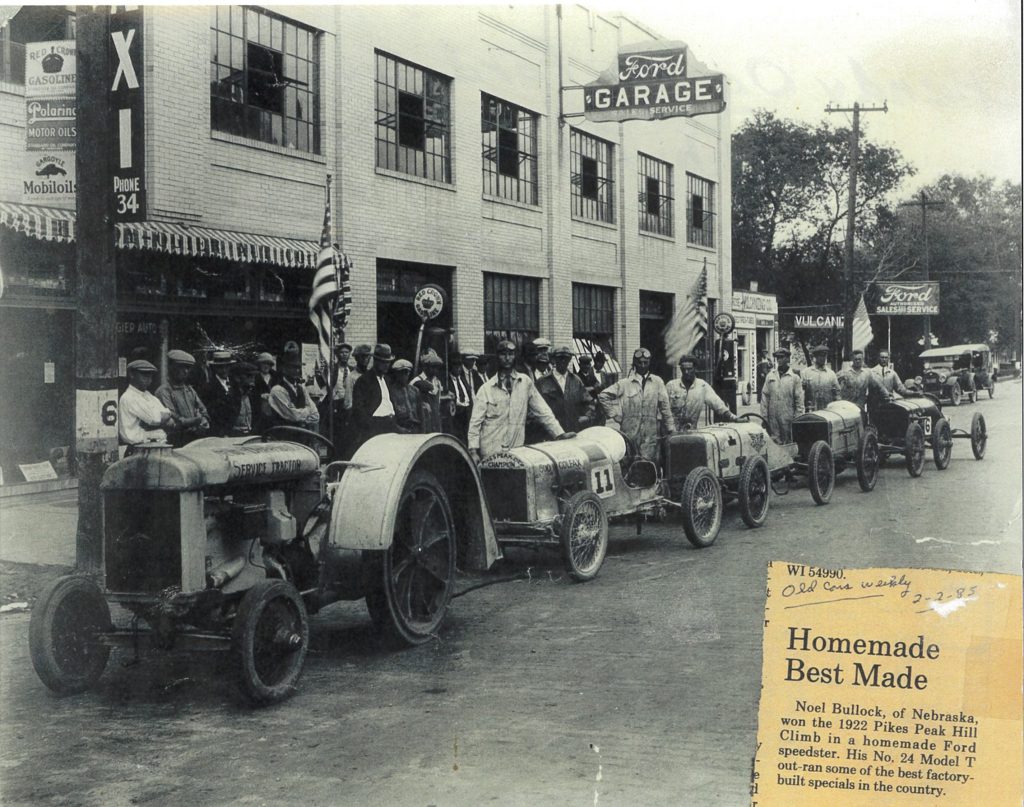Originally published to facebook.com/NorthPlattePL on 4/23/2021.
Today’s History looks at the oldest standing building in the downtown—Dixon building, 516-518 North Dewey Street.
“In June of 1879, Louis Thoelecke bought the two lots that comprise the Dixon Building site. He built two brick buildings right away and opened up his jewelry store. He leased the second store to various businesses. In 1883, Dr. Nelson F. Donaldson bought the 518 North Dewey building and moved his offices to the second floor.
In 1886, Harry Dixon began his career as a jeweler in the 518 North Dewey building after he bought the building from Donaldson. The Dixon Optical Company was established in 1899 at the same location.
In 1920, Dixon bought the 516 North Dewey building from Otto Thoelecke. The building had been home to a shoe store for many years. Dixon expanded his optical business into this building.
In 1924, a major remodeling was done and a music shop was included in the business. The music store was gone in 1934 and the 516 North Dewey building became Dedmore Studio with Dixon Optical still sharing space. While in the building, Dedmore cut a hole in the roof to up in a skylight for “available light.” E.J. Wilson Studio took over Dedmore’s in 1950. Many of Dedmore’s old photographs are still seen around North Platte hanging in various businesses. Wilson’s son, Bill eventually became owner of the studio. Wilson created a garden spot behind the building for outside photos. The courtyard I still there, in the back of what is now the Art and Gift Gallery. Dixon Optical and Wilson’s Studio were there until 1978, when Farmer’s Insurance moved in.
The “Dixon Jewelers” sign was displayed at 518 North Dewey for seventy-seven years prior to its removal in 1963. The Dixon Optical Co. sign can still be seen on the front of the building.
Dixon had a large jeweler’s clock that stood in front of the building for many years. During WWII, Dixon threw the clock in the scrap pile of metal donated for the war effort. The clock was found by men who were separating the metal and the story about the clock made the front page of the local paper.
Today the Dixon Building is the oldest building standing in the downtown area.”
Anderson, K., & Olson, S. (2012). The Dixon Building: 516-518 North Dewey Street. In City Bones: Landmarks of North Platte, Nebraska (2nd ed., pp. 7–8). Lincoln County Historical Museum.
This historic post is reprinted reprinted from “City Bones: Landmarks of North Platte, Nebraska” by Kaycee Anderson and Steve Olson. 2012. Second edition. Publisher: Lincoln County Historical Museum.
Please note that the photo inside the Dixon building is courtesy of the Lincoln County Historical Museum.



